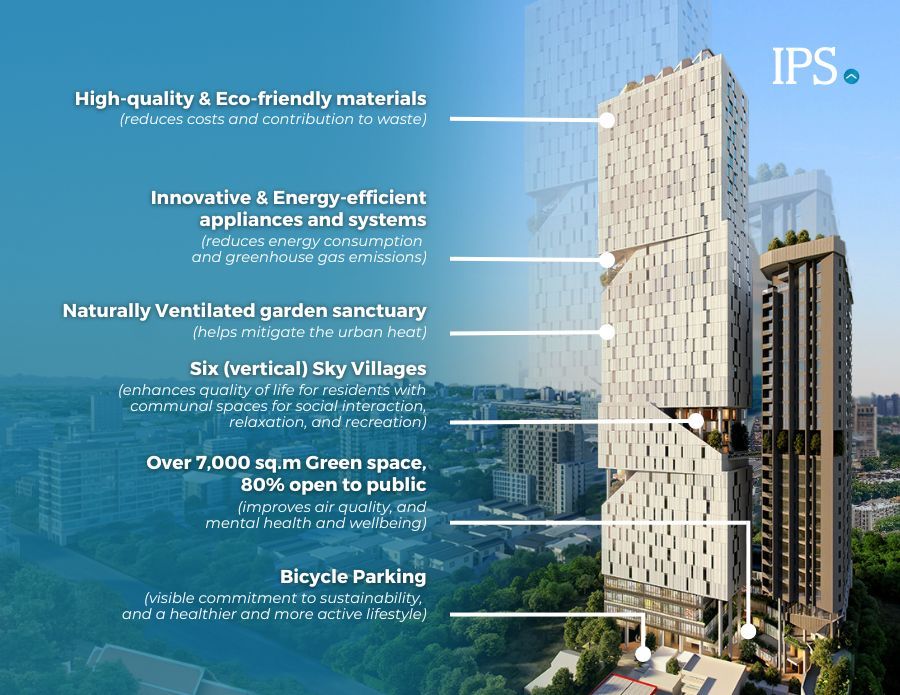As a rapidly developing country, Cambodia faces various environmental challenges, including deforestation, water scarcity, and pollution. Green building provides a solution to mitigate these challenges and promote sustainable development.
Green building refers to the practice of constructing and operating buildings in an environmentally friendly and sustainable manner. It involves considering factors such as energy efficiency, water conservation, the use of renewable materials, and minimizing the overall environmental impact of the built environment in Cambodia.
Principles of Green Building in Cambodia
Energy efficiency and renewable energy
Green buildings can be designed to maximize natural lighting and incorporate energy-efficient technologies and systems, reducing the overall energy consumption of the building. Furthermore, using renewable energy sources like solar panels and wind turbines can further reduce reliance on fossil fuels and decrease greenhouse gas emissions.
READ ALSO: Green Construction to Become a Priority in Cambodia
Water conservation and management
Green buildings prioritize water conservation by implementing low-flow fixtures, which reduce water usage without compromising functionality. Rainwater harvesting systems can collect rainwater for non-potable uses like irrigation. Meanwhile, graywater recycling systems treat and reuse water from sinks and showers, minimizing the strain on freshwater resources.
Sustainable materials and waste reduction
Incorporating sustainable materials into the construction of green buildings helps minimize the environmental impact. Using environmentally-friendly, renewable, and locally sourced materials reduces the carbon footprint associated with transportation. Moreover, integrating waste reduction and recycling practices during the design and operation phases reduces construction waste and promotes a circular economy.
Indoor environmental quality and health considerations
Green buildings emphasize creating a healthy and comfortable indoor environment. Proper ventilation systems improve indoor air quality by ensuring a continuous supply of fresh air. Choosing natural materials that do not emit toxic chemicals enhances occupant health. Additionally, green buildings are designed to provide spaces that support physical well-being, such as areas for physical activity or access to daylight, and views to promote emotional well-being.
READ ALSO: Why it’s Great to Buy a Home in Green Communities
Benefits of Green Building in Cambodia

Odom Tower is one of the very few buildings in Cambodia’s real estate to prioritize environmental, social and governance (ESG) and achieve the Leadership in Energy and Environmental Design (LEED) certification.
- Reduced energy costs and environmental impact. Green buildings help fight climate change by reducing carbon emissions through lower energy consumption. Plus, they result in lower energy bills and cost savings.
- Improved indoor air quality and occupant health. Occupant health and comfort are enhanced in well-designed green buildings. This is achieved through the promotion of healthy indoor air quality with proper ventilation systems and the use of natural materials.
- Water resource conservation and management. Green building design helps reduce the risk of water-related disasters by minimizing flooding and erosion. In addition, water resource conservation is promoted through the implementation of strategies like rainwater harvesting and greywater recycling.
- Positive economic and social impacts. Sustainable buildings promote social benefits such as a better quality of life for occupants and a reduced burden on public infrastructure. They lead to direct and indirect economic benefits such as job creation and higher property value.
- Enhanced resilience to climate change impacts. Green buildings are more resilient and adaptable in the face of extreme weather events such as floods and storms. This is due to the use of sustainable materials and renewable energy sources that support a stronger built environment.
Final thoughts
Green building initiatives and practices have become increasingly important in Cambodia’s pursuit of sustainable development. By collectively embracing green building practices and advocating for their implementation, we can create a more sustainable future for Cambodia.
Together, we can reduce our carbon footprint, conserve resources, and provide healthier and more resilient communities for all.

